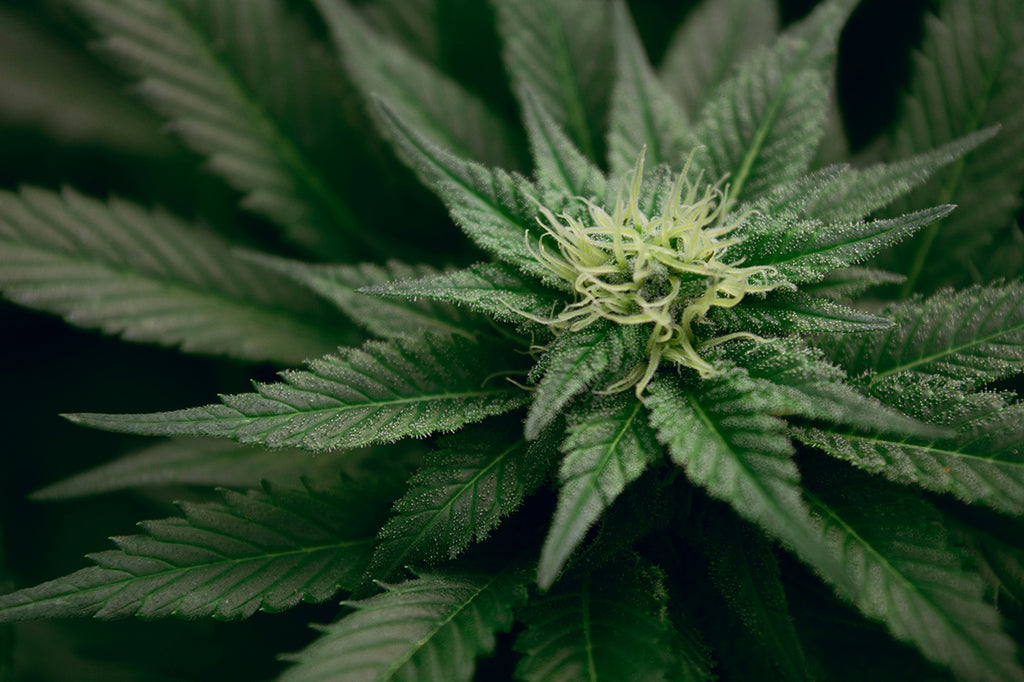Understanding Cannabis Terpenes and Their Effects
Introduction
Beyond cannabinoids like THC and CBD, cannabis produces a rich tapestry of aromatic compounds called terpenes. These volatile oils not only give each strain its distinctive scent and taste but also modulate the plant’s therapeutic properties through the “entourage effect.” From the soothing notes of linalool to the uplifting zing of limonene, terpenes play a pivotal role in tailoring your cannabis experience. In this comprehensive guide, we’ll explore what terpenes are, highlight the most prevalent cannabis terpenes and their effects, explain how to read a terpene profile, and offer practical tips for choosing the right strain based on your desired outcome.
Table of Contents

1. What Are Terpenes?
Terpenes are organic aromatic molecules produced by many plants—including cannabis—to protect against pests, attract pollinators, and adapt to environmental stresses. In cannabis, over 200 terpenes have been identified, each contributing a unique scent and potential therapeutic benefit. Unlike cannabinoids, terpenes do not bind directly to endocannabinoid receptors but interact with a variety of neurotransmitter systems and enzymes to influence mood, inflammation, and more.
2. The Entourage Effect: Terpenes + Cannabinoids
The “entourage effect” describes the synergistic interaction between cannabinoids (THC, CBD, etc.) and other plant compounds—primarily terpenes. Rather than acting in isolation, these molecules work together to enhance or modulate each other’s effects. For example, myrcene may increase cell permeability, allowing THC to cross the blood-brain barrier more readily, while β-caryophyllene can bind to CB₂ receptors to reduce inflammation without psychoactivity. This synergy underscores why full-spectrum products often deliver more balanced and nuanced effects than isolates.
3. Key Cannabis Terpenes and Their Profiles
3.1 Myrcene
-
Aroma & Flavor: Earthy, musky, with hints of clove.
-
Effects: Sedative, muscle relaxant, anti-inflammatory.
-
Common Strains: Granddaddy Purple, OG Kush, Blue Dream.
3.2 Limonene
-
Aroma & Flavor: Bright citrus—lemon, orange, grapefruit.
-
Effects: Uplifting, stress relief, antibacterial.
-
Common Strains: Super Lemon Haze, Durban Poison, Lemon Skunk.
3.3 Pinene
-
Aroma & Flavor: Pine, fir needles, fresh forest.
-
Effects: Alertness, memory retention, anti-inflammatory.
-
Common Strains: Jack Herer, Pineapple Express, Blue Dream.
3.4 Linalool
-
Aroma & Flavor: Floral, lavender-like, sweet.
-
Effects: Anxiolytic, analgesic, anticonvulsant.
-
Common Strains: Lavender, Amnesia Haze, LA Confidential.
3.5 β-Caryophyllene
-
Aroma & Flavor: Spicy, peppery, woody.
-
Effects: Anti-inflammatory, analgesic; acts as a CB₂ receptor agonist.
-
Common Strains: Girl Scout Cookies, Bubba Kush, Sour Diesel.
3.6 Humulene
-
Aroma & Flavor: Earthy, woody, hops-like.
-
Effects: Appetite suppressant, anti-inflammatory.
-
Common Strains: White Widow, Headband, Girl Scout Cookies.

4. Reading and Interpreting Terpene Profiles
Lab reports (Certificates of Analysis) often list terpene percentages by weight. A typical profile might show:
-
Myrcene: 0.50%
-
Limonene: 0.20%
-
Pinene: 0.10%
-
Total Terpenes: 1.20%
To interpret:
-
Identify Dominant Terpenes: These have the greatest impact on aroma and likely effects.
-
Look at Total Terpene Content: Higher totals often mean richer aroma and stronger entourage synergy.
-
Consider Ratios: A 2:1 myrcene:limonene ratio suggests more sedative potential with a citrus top note.
5. How Terpenes Influence Effects and Flavors
Terpenes cross the blood-brain barrier and interact with neurotransmitters and receptors:
-
Myrcene’s Relaxation: Enhances GABA activity, promoting calm and sleepiness.
-
Limonene’s Mood Lift: Increases serotonin and dopamine levels, reducing stress.
-
Pinene’s Cognition: Inhibits acetylcholinesterase, potentially improving short-term memory.
-
Linalool’s Anxiety Relief: Modulates glutamate and GABA balance.
Flavor-wise, terpenes determine whether a strain tastes fruity, spicy, or herbal—shaping the overall sensory experience.
6. Selecting Strains by Terpene Content
To choose a strain that matches your goals:
-
Relaxation & Sleep: Seek high-myrcene and linalool strains.
-
Energy & Focus: Opt for limonene- and pinene-rich cultivars.
-
Pain & Inflammation: Look for β-caryophyllene and humulene presence.
-
Balanced Mood Support: Consider balanced terpene profiles—e.g., equal parts myrcene and limonene.
Always verify lab-tested terpene data and start with small doses to assess individual response.
7. Terpenes in Concentrates and Extracts
Solventless concentrates (rosin, kief) often preserve more terpenes, while solvent-based extraction can strip delicate aromas. “Live resin” techniques freeze fresh plant material to retain a fuller terpene spectrum. When shopping for extracts:
-
Check for “terpene preservation” claims (live resin, wet trim).
-
Review post-extraction terpene additions: Some brands reintroduce isolated terpenes for flavor but may not match the original profile’s synergy.

8. Safety, Side Effects, and Quality Considerations
-
Purity: Ensure products are tested for pesticides, solvents, and heavy metals.
-
Allergic Reactions: Rare but possible—people sensitive to certain herbs (e.g., lavender) may react to linalool.
-
Overconsumption: High-terpene concentrates can be potent; start low when using dabs or vape cartridges.
-
Storage: Terpenes degrade under heat and UV light; store products in cool, dark environments to preserve aroma and efficacy.
Frequently Asked Questions (FAQ)
Q1: Do terpenes get you “high”?
A1: No. Terpenes modulate effects but are non-psychoactive on their own.
Q2: Can I use essential oils instead of cannabis terpenes?
A2: Botanical essential oils differ in purity and composition; they may not replicate cannabis terpene profiles or entourage synergy.
Q3: How long do terpenes last in stored cannabis?
A3: Optimal terpene preservation is within 4–6 months; after that, volatile compounds gradually diminish.
Q4: Are some terpenes better for daytime vs. nighttime use?
A4: Yes—uplifting terpenes like limonene suit daytime, while sedative ones like myrcene and linalool are ideal for evening.
Conclusion
Terpenes are the aromatic architects of the cannabis experience, guiding taste, scent, and therapeutic potential. By understanding key terpenes—myrcene, limonene, pinene, linalool, β-caryophyllene, and humulene—you can make informed choices, whether you seek relaxation, focus, pain relief, or mood elevation. Always consult lab-tested profiles, start with low doses, and store your cannabis properly to preserve those precious aromatic compounds. Embrace the art and science of terpenes to elevate your next cannabis journey.







